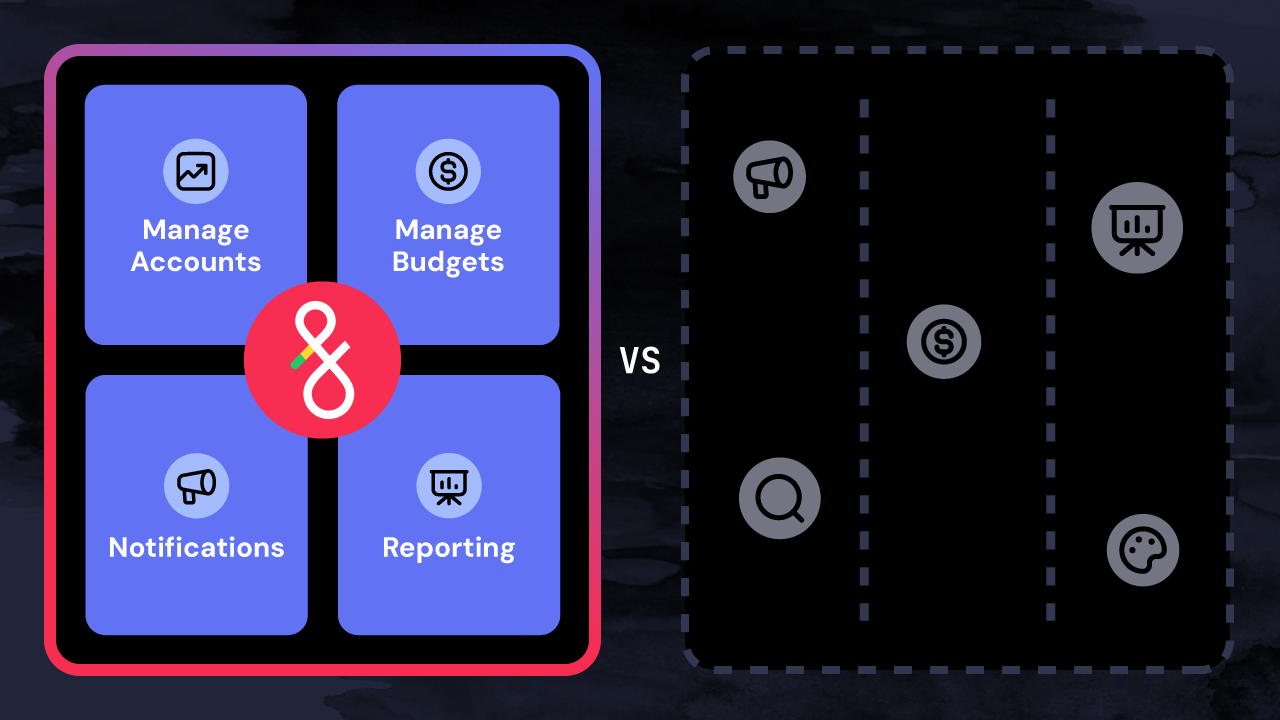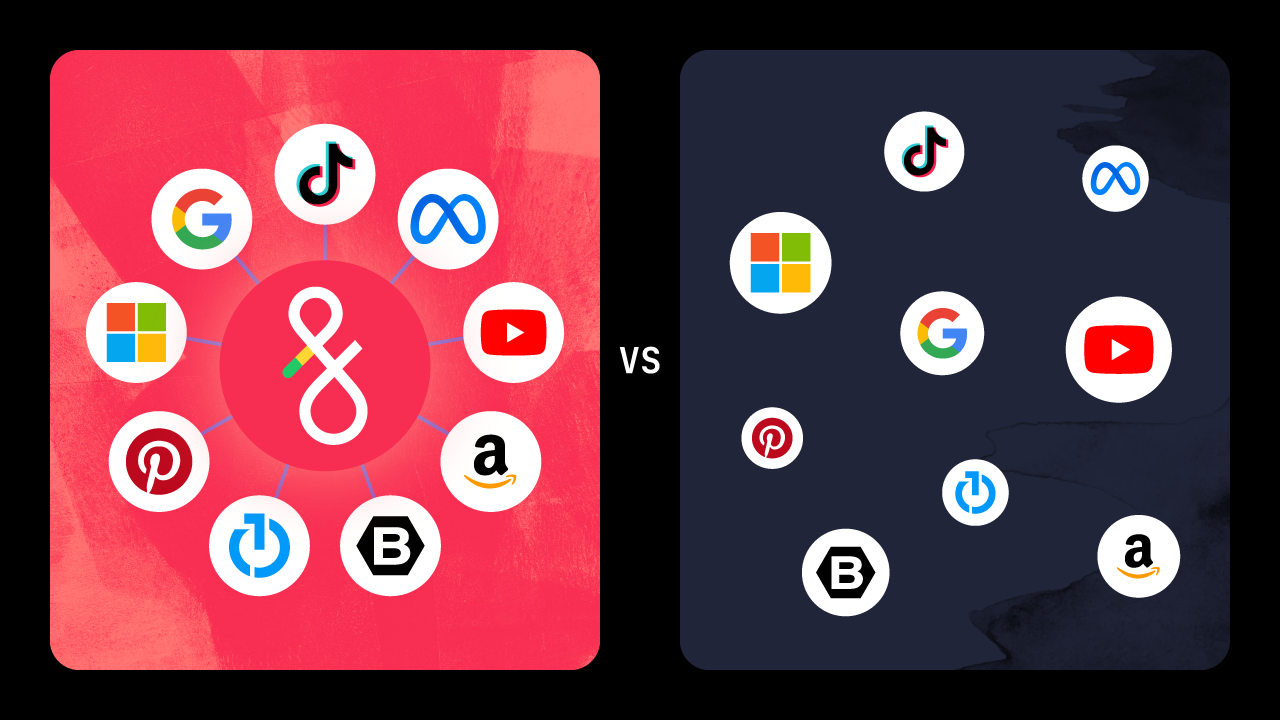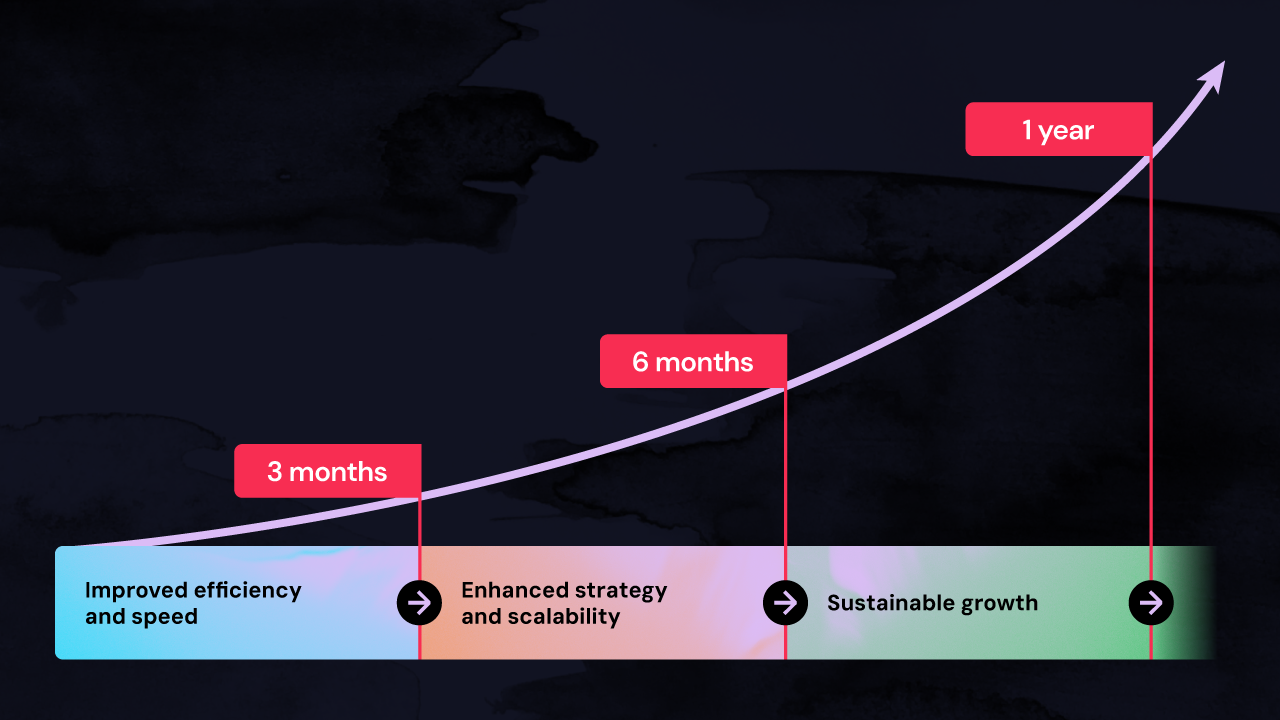The era of relying solely on intuition and broad-stroke messaging in digital advertising is over. Today, data reigns supreme for brands and agencies, with consumers expecting and preferring personalized marketing. When armed with knowledge about their target audiences, from their preferences and behaviors to their purchase intent, advertisers can craft highly personalized and precisely targeted campaigns, ensuring that their messages not only reach the right audience but also resonate with them on a personal level. Yet, data-driven advertising isn't merely about precise targeting and messaging; it's also about efficiency. Time and resources are often precious commodities for advertising operations teams, and data also enables automation of campaign management, thereby freeing up valuable resources for strategic planning and creative endeavors.
In this article, you will learn:
- How advertisers utilize data to personalize, target, and optimize spend across advertising channels.
- The types of data B2B and B2C organizations can use to power advertising.
- How to deploy data-driven strategies at scale (with examples) using Fluency.
As we explore the possibilities of data-driven digital advertising, you'll gain insights and strategies to elevate your campaigns, ensuring they resonate with precision and efficiency in this competitive digital world.
Harnessing Data for Advertising Success
Data has emerged as the cornerstone of corporate strategy, profoundly influencing every facet of business operations. Its greatest impact is evident in advertising and marketing. Here, data does more than improve customer experiences and uncover new opportunities; it increases the accuracy of determining the effectiveness of marketing strategies.
Personalize Content for Your Consumers
In a market overloaded with generic messages, personalization stands out. A staggering 74% of customers are frustrated with irrelevant content, and 79% prefer offers tailored to their past interactions. Advertisers, recognizing this trend, are increasingly using audience data for precise targeting and personalized messaging. For example, a beauty brand using data to suggest products based on a customer's past purchases and browsing history sees higher engagement and sales.The success of this approach is clear: 96% of marketers report that personalized ad experiences greatly increase the likelihood of repeat purchases, and 94% observe a significant boost in sales. This shift towards personalization not only makes advertising more relevant but also significantly enhances audience engagement and conversion rates.
Be Dynamic with Real-Time Data
The adoption of real-time data like inventory feeds has enabled advertisers to adjust their messaging instantly based on current stock levels, pricing changes, and special offers. Consider an e-commerce platform that uses inventory feeds to instantly update ad content according to product demand or inventory levels. This agility not only ensures that customers always see the most relevant and up-to-date offers, but also gives advertisers an opportunity to take advantage of traffic surges or changing market conditions.
Focus on Ad Spend Strategy
Data insights do more than just reveal audience preferences; they also highlight the most effective channels and formats for engagement. By adopting a media plan that is continually refined based on real-time data, brands can significantly cut down the inefficiencies associated with speculative targeting. Allocating budgets to channels backed by data and adjusting strategies based on performance leads to better outcomes and more efficient use of advertising budgets.
Leveraging Data for Enhanced B2B and B2C Advertising Strategies
For businesses optimizing their advertising strategies, integrating specific data types into campaigns is crucial. Both Business-to-Business (B2B) and Business-to-Consumer (B2C) entities should manage various data types to deepen their understanding of their customers.
Data Types in B2B Advertising: Focusing on Business Client Needs
In B2B advertising when targeting other businesses, the following data types are essential:
- Firmographic Data: This foundational data includes target businesses' structural elements, such as industry, location, financial status, and key decision-makers.
- Technographic Data: Provides insights into the technological infrastructure of target businesses, crucial for aligning product offerings with their tech needs.
- Recency Data: Identifies recent customer interactions or transactions, offering opportunities for upselling or cross-selling.
- Engagement Data: Includes interactions like form submissions and social media engagements, providing insights into the interests and challenges of potential clients.
- Intent Data: Signals a prospect's readiness to purchase, a vital indicator in B2B advertising for effective outreach timing.
Data Types in B2C Advertising: Decoding Consumer Behavior
In B2C advertising, the focus is on individual consumer behaviors and it's important to utilize:
- Demographic Data: Key to creating personalized consumer experiences, yet less than half of marketers fully understand their audience's demographic details such as age, gender, marital status, or income.
- Behavioral Data: Includes insights into consumer browsing history, shopping habits, and online interactions.
- Geographic Data: Targets consumers based on location, beneficial for local or region-specific marketing.
- Psychographic Data: Dives into lifestyle, interests, and values to create resonant messages.
- Purchase History: Informs about consumer buying patterns, which is crucial for suggesting products or services that align with previous purchases.
Evolving data privacy regulations have made collecting consumer data more challenging. This has led to a major gap in advertisers' understanding of their audience's interests, hobbies, and shopping habits. To overcome these challenges, organizations should prioritize collecting their own first-party data, maintaining a single source of truth for all data, and regularly refreshing their data to ensure accuracy and relevance.
How to Use Automation to Leverage Data at Scale
At Fluency, we understand the challenges marketers face, such as inaccessible data and the lack of full data-tool integration—a problem plaguing 23% and 26% of marketers, respectively. Fluency addresses the challenges of data accessibility and integration head-on, offering a centralized platform that empowers your digital advertising strategy. Here's a closer look at how our partners are utilizing automation within Fluency to optimize their use of proprietary data:
Adapt to Real-Time Inventory Changes
Fluency's dynamic system enables businesses to update ad content automatically based on real-time inventory data, ensuring that advertisements always reflect current product availability and pricing.
- Example: An electronics retailer leverages Fluency to swiftly update ads when a popular item is out of stock or a new model is launched, keeping their advertising strategy agile and maximizing sales opportunities.
Release Personalized Campaigns at Scale
Fluency facilitates the pre-scheduling of ad campaigns and personalized content at scale, optimizing timing and relevance for maximum impact.
- Example: A restaurant chain uses Fluency to strategically schedule ads for lunch specials in the late morning, perfectly timing their outreach to engage customers when they're making dining decisions.
Control Advertising Budgets Efficiently
Fluency streamlines the budgeting process by exporting budgets and allowing the platform to update spends autonomously across unlimited accounts.
- Example: A real estate firm utilizes Fluency's insights to track ROI across different advertising channels, smartly reallocating funds to the most profitable avenues for optimized budget utilization.
Streamline New Account Creation
Fluency automates new account creation, using onboarding data to inform and expedite the launch of campaigns across multiple channels.
- Example: A large agency, upon signing a significant client, quickly needs to launch hundreds of campaigns. By adopting Fluency’s automated setup, the agency saves up to 90% of the time and resources typically spent on manually onboarding and launching campaigns for new clients.
Manage Media Assets Across Channels
Import an unlimited number of images and videos to create unique and engaging ads across various platforms like search, social, and display.
- Example: A fashion brand maximizes the use of Fluency’s media asset import feature, crafting a wide array of personalized, visually appealing ads that effectively resonate with diverse audience segments.
Fluency's comprehensive capabilities address key challenges in data accessibility and integration, empowering businesses to execute data-driven decisions across all aspects of their advertising journey.
Elevate Your Advertising with Fluency
In the complex landscape of digital advertising, the key to success lies in effectively leveraging data. Fluency offers a unified solution, transforming advertising data utilization challenges into opportunities for impactful marketing. Join the ranks of successful marketers who leverage data for advertising excellence with Fluency. Schedule your demo today and step into a future where data informs every advertising decision.






